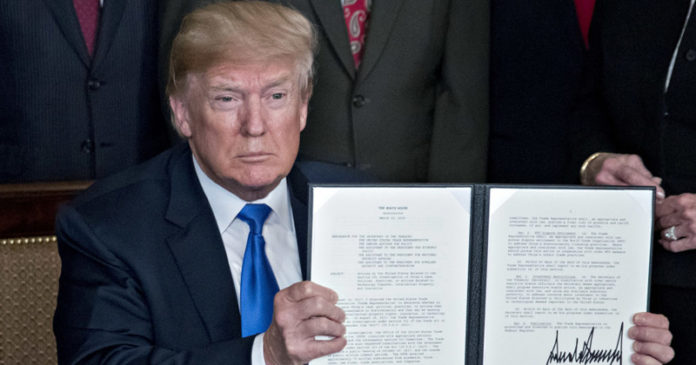Healthcare – it’s one of those subjects nobody really likes to talk about.
Socialized, privatized, or otherwise, the healthcare conversation is a complicated affair with supporters on every side of the issue.
Most folks, however, simply want their insurance to “work” without having to pay huge premiums or cut through forests of red tape.
And within the much maligned healthcare industry, you’ve got corporations that have made a business out of eliminating the stress that health insurance brings – offering group plans, both government and private, to other entities.
For a price, of course.
“Benefits”, something the gainfully employed often take for granted, don’t come cheap. That’s bad news for corporations wanting to attract top-flite talent.
But it’s even worse for government programs that attempt to provide health insurance to the under-insured (sometimes uninsured) masses.
That’s where Centene Corp. (NYSE: CNC), a St. Louis-based insurance company, comes in. Before the Affordable Care Act (ACA, or Obamacare), they focused on selling Medicaid coverage exclusively in the state of Georgia.
But the ACA changed everything for Centene, as the company quickly moved into underserved rural markets across the United States. They offered ACA plans to anyone and everyone eligible, filling in the gaps for Americans without insurance.
It’s a noble cause to be sure, but it’s also given birth to a shaky long-term business model. CNC’s prosperity is almost directly tied to the continuation of Obamacare.
And yes, the company is attempting to get away from their ACA-dependency by breaking into the private insurance business, but it’s been tough sledding.
Worse yet, if Trump wins in 2020, he may look to eradicate Obamacare completely.
Where would that leave CNC?
In a very bad place. But even without such a transformative event, share prices are looking ready to fall.
Or, oddly enough, they could just as easily go on a prolonged rally.

In the weekly candlestick chart above, you can see that CNC shares are working themselves into a corner. It’s a classic descending triangle, which often precedes a breakout in either direction.
In this case, CNC is getting dangerously close to key support at $45.44. Should share prices descend below support by a significant amount (to $45.21), going short might make sense as a downwards breakout would likely be confirmed.
However, if share prices bounce off key support, they might make a run above the upper trendline (in green) confirming a breakout to the upside.
What price that will happen at is hard to determine, but if you trace a line on your own CNC chart like I did, you’ll be able to figure that out on your own quite easily. If CNC trades above that line, going long could be a good choice at that point.
Either way, CNC has given us a great breakout setup via a descending triangle. And because of the triangle formation, opportunistic traders can generate profits in one of two directions – something we’ve seen plenty of over the last month as the market has become increasingly volatile.
Volatility might make “normal” trading tough, but it also can generate unique breakout scenarios like the one CNC is rapidly approaching.








